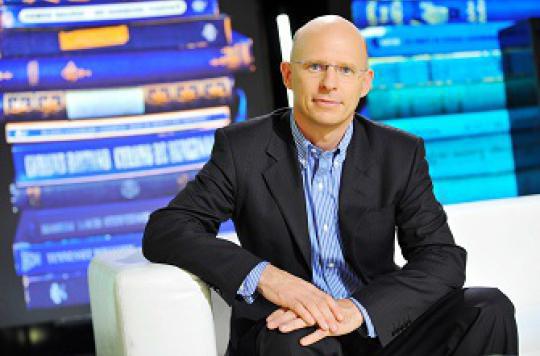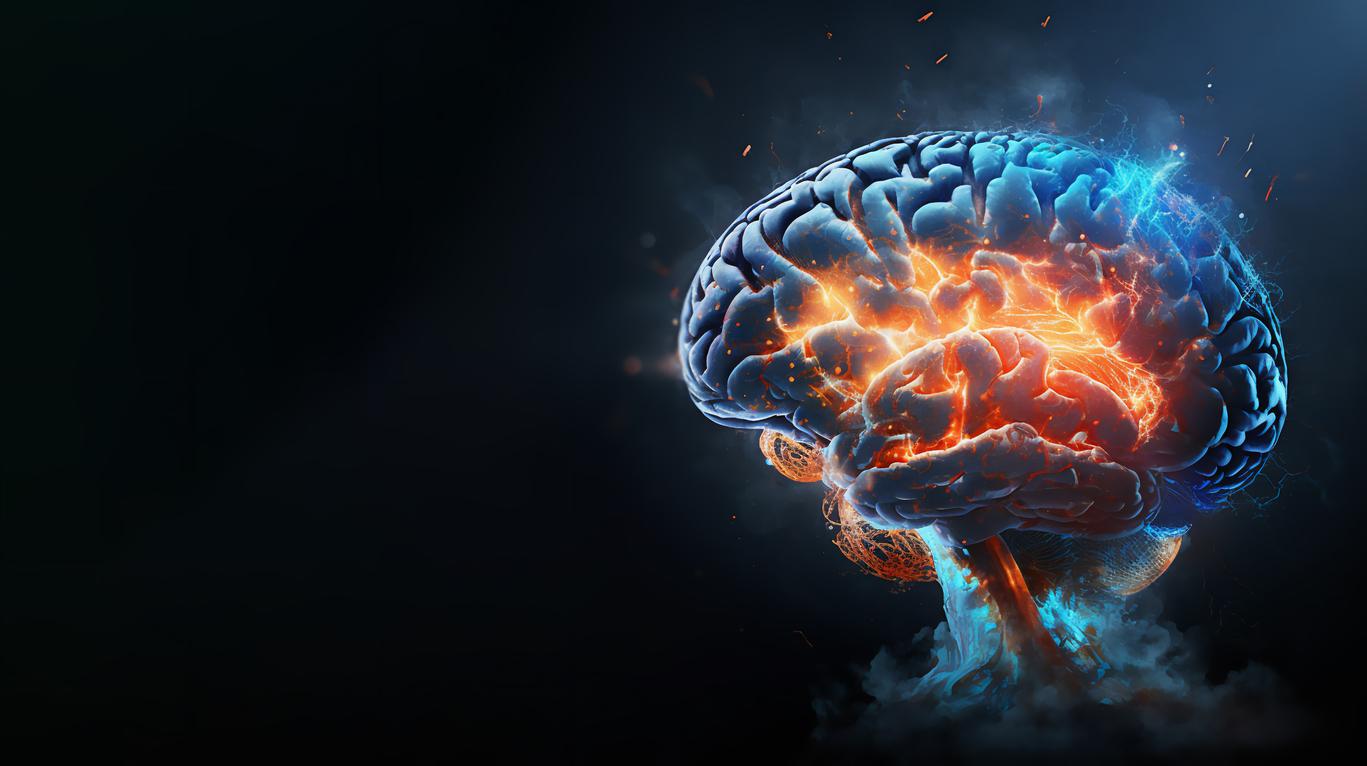Neuroscientist Stanislas Dehaene received the Inserm Grand Prix on December 2. He is notably rewarded for his work on patients in a vegetative state.

Stanislas Dehaene, neuroscientist at the National Institute of Health and Medical Research (Inserm), received the 2013 Inserm Grand Prix on December 2. This prize rewards his work on consciousness and its physical manifestations.
How education transforms the brain
“I decided to be a researcher the day my father taught me that this term replaced that of inventor, a fantasized profession that had always obsessed me. A mathematician by training, Stanislas Dehaene has now achieved his goal: he is a researcher in neurosciences and heads a cognitive neuroimaging unit.
What happens in the brain during a calculation or during reading? How do these activities shape the connections between neurons? These are the questions Stanislas Dehaene tries to answer on a daily basis. Today he is considered to be the specialist in brain architectures that underpin cognitive functions. But he is also seeking to understand how education can transform the brain, within Inserm’s NeuroSpin center.
An identified consciousness marker
Stanislas Dehaene’s favorite subject: the cerebral signature left by the state of consciousness. He is currently working on this subject with a team of researchers. “Our working hypothesis is that consciousness arises from a system of long-distance cortical connections which allows the brain to disseminate information,” explains the researcher in Sciences et Santé, the monthly journal of Inserm. “To be aware is to have information available in the global neural workspace. “
His team has just identified a marker that distinguishes patients in a vegetative state and patients in a minimal state of consciousness. Clinically, it is difficult to differentiate them. This marker makes it possible to predict whether the brain will recover its consciousness or not.
In parallel with this large-scale study, Stanislas Dehaene’s team is participating in cross-sectional studies. Their latest collaboration is the Human Brain Project, which aims to invent a machine that reproduces the properties of the human brain. An idea that is science fiction, worthy of the childhood dreams of this researcher.
.














